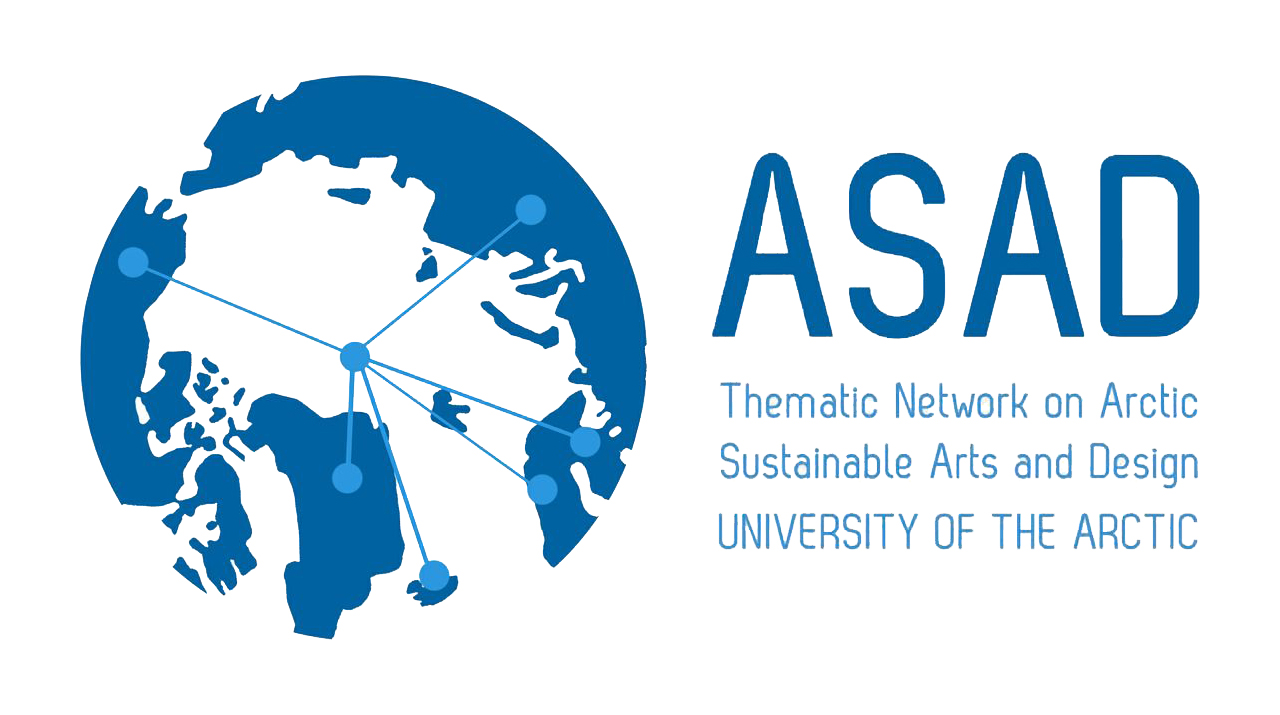Fifth International Living in the Landscape (LiLa), Successfully Held in Finnish Lapland
The fifth international and interdisciplinary art methods school, Living in the Landscape (LiLa), took place in the summer of 2024. Organised by the Arctic Sustainable Art and Design (ASAD) thematic network of the University of the Arctic, the school brought together MA and PhD students, scholars, and artists from across the Arctic and near-Arctic regions.
This year’s event featured a hybrid approach, combining online collaboration with locally situated activities in each participating country. The program culminated in intensive, in-situ fieldwork along the hydro and green energy riverscapes of Finnish Lapland. The focus on these landscapes highlighted the intersection of sustainability, cultural heritage, and artistic inquiry, reflecting LiLa’s commitment to addressing the complex challenges facing Arctic and near-Arctic regions.
Participants represented a variety of disciplines, including art education, general teacher education, fine arts, creative practice, and clothing design. Institutions involved in this year’s school included the University of Lapland (Finland), Umeå University (Sweden), Nord University (Norway), the University of the West of Scotland (Scotland), and the University of the Highlands and Islands (Scotland).
A Proven Hybrid Model
LiLa’s well-established format began with an online phase that included seminars, group collaborations, and locally focused community-based activities. Small group discussions, virtual teatimes, and student-led tasks facilitated by country teams allowed participants to build connections and explore concepts before embarking on the intensive fieldwork phase.
The second phase, the fieldwork methods week, was hosted this year in Finland.
- The theme of the school this year was river landscapes and the impacts of green energy productions on them. Although the focus was on the Finnish Lapland and its history of reservoirs and damming of rivers, participants shared insights and compared experiences also from their home regions to the common investigations, says Elina Härkönen, one of the coordinators of the school.
The program began in Rovaniemi with lectures, workshops, and museum visits, providing participants with a foundational understanding of the region’s cultural and environmental contexts. The fieldwork then moved to the Northern Sámi village of Vuotso, where participants engaged with local residents, explored the village’s history and culture, and conducted on-site artistic investigations.
Artistic Outcomes and Community Engagement
A key highlight of the program was the development of participants’ art projects, which were initiated during the fieldwork phase. These projects were featured in the FLOW: Currents of Change in Our River Landscapes exhibition, shown at the University of Lapland, alongside written essays and artist statements that further articulate participants´ research and creative processes.
LiLa aims to foster a deeper understanding of the socio-cultural and more-than-human landscapes of the Arctic through interdisciplinary, sustainable, and art-based approaches. Projects created during the school integrate traditional cultural practices with contemporary innovations, benefiting the participants and the communities involved.
- Besides the developmental perspectives, this year’s theme included also difficult experiences and aspects of grief. Meeting locals, hearing their stories and ways of coping brought in the elements of hope in the students’ final artistic projects. The school was a chance for us to investigate and dwell in changing river landscapes and find ways to share and look forward together, says Härkönen.
A Commitment to Sustainability and Collaboration
Underpinning LiLa’s success is its ethos of collaborative learning and care for the environment. By combining scientific and artistic methods, participants explored how to navigate pressing environmental, economic, and cultural issues in the Arctic.
The Arctic Sustainable Art and Design network remains committed to advancing interdisciplinary collaboration and fostering meaningful exchanges between students, scholars, and communities.
More information
Härkönen, E., Burnett, K. Lundstedt, L., Permar, R. & Gårdvik, M. (Eds.) (2024). Flow: Currents of Change in our River Landscapes. University of Lapland. https://urn.fi/URN:ISBN:978-952-337-455-3



